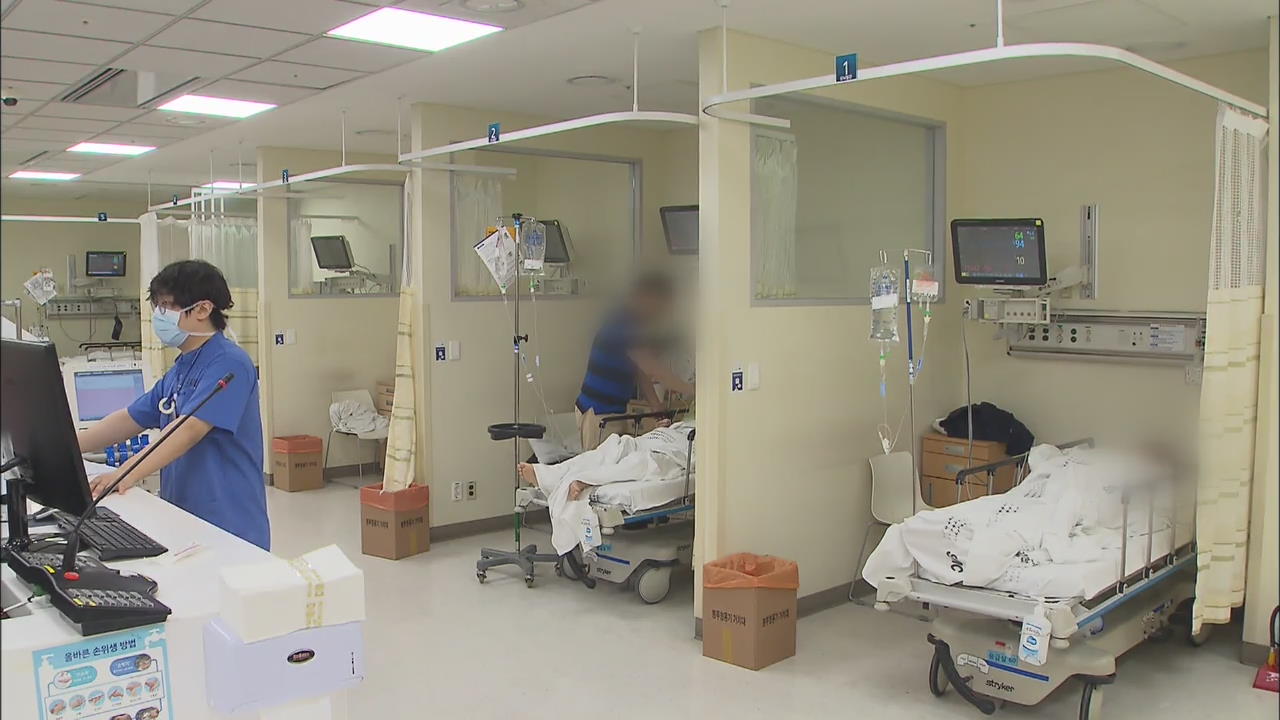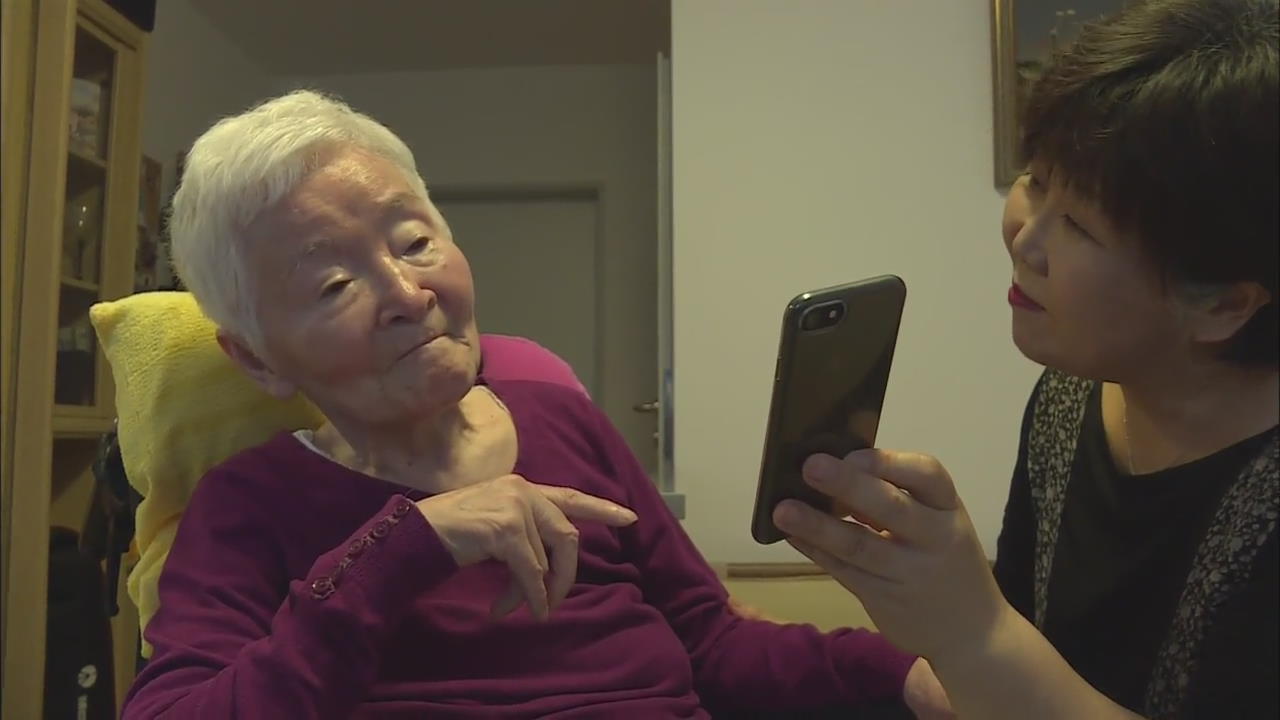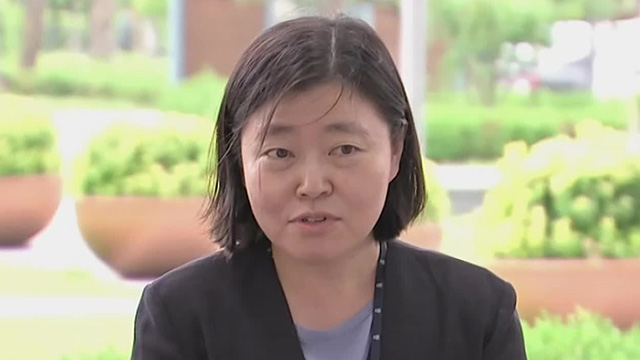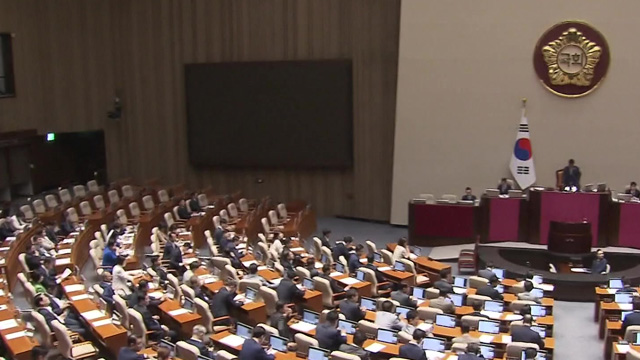Hospital Reforms
입력 2017.07.10 (14:17)
수정 2017.07.10 (14:22)
읽어주기 기능은 크롬기반의
브라우저에서만 사용하실 수 있습니다.
[Anchor Lead]
During an outbreak of the Middle East Respiratory Syndrome, better known as MERS, more than half the patients were infected in the hospital emergency room. ERs at large general hospitals have been riddled with problems. The government has decided implement reforms. Here’s more.
[Pkg]
In this emergency room at a large hospital, patients are being treated while seated on chairs, not beds. It's because the 70 or so beds in the ER are fully occupied. There are over 20 of these chair-type sickbeds. It's not uncommon for patients to linger in the ER for as long as days waiting for a vacant hospital room. This patient battling lung cancer was rushed to the ER due to a fever but was only hospitalized after a 3 day wait.
[Soundbite] Lee Yun-ju(Caretaker of Lung Cancer Patient) : "The hospital said there was no room and we had to wait. There was just one chair when a patient battling cancer had to be looked after. We were neglected for 2 or 3 days."
The emergency room has become a waiting area for patients who need to be checked in. The average wait time at a general hospital in Seoul is over 16 hours. Starting in December, hospitals will be required to lower the percentage of patients staying in emergency rooms for more than 24 hours from the current 10 percent to under 5 percent. The government is seeking to expedite care for patients requiring emergency treatment by encouraging other nonemergency patients to visit other hospitals. Under the revised law, all hospitals nationwide will also limit the number of caretakers entering the ER to just one, starting from the end of the year.
During an outbreak of the Middle East Respiratory Syndrome, better known as MERS, more than half the patients were infected in the hospital emergency room. ERs at large general hospitals have been riddled with problems. The government has decided implement reforms. Here’s more.
[Pkg]
In this emergency room at a large hospital, patients are being treated while seated on chairs, not beds. It's because the 70 or so beds in the ER are fully occupied. There are over 20 of these chair-type sickbeds. It's not uncommon for patients to linger in the ER for as long as days waiting for a vacant hospital room. This patient battling lung cancer was rushed to the ER due to a fever but was only hospitalized after a 3 day wait.
[Soundbite] Lee Yun-ju(Caretaker of Lung Cancer Patient) : "The hospital said there was no room and we had to wait. There was just one chair when a patient battling cancer had to be looked after. We were neglected for 2 or 3 days."
The emergency room has become a waiting area for patients who need to be checked in. The average wait time at a general hospital in Seoul is over 16 hours. Starting in December, hospitals will be required to lower the percentage of patients staying in emergency rooms for more than 24 hours from the current 10 percent to under 5 percent. The government is seeking to expedite care for patients requiring emergency treatment by encouraging other nonemergency patients to visit other hospitals. Under the revised law, all hospitals nationwide will also limit the number of caretakers entering the ER to just one, starting from the end of the year.
■ 제보하기
▷ 카카오톡 : 'KBS제보' 검색, 채널 추가
▷ 전화 : 02-781-1234, 4444
▷ 이메일 : kbs1234@kbs.co.kr
▷ 유튜브, 네이버, 카카오에서도 KBS뉴스를 구독해주세요!
- Hospital Reforms
-
- 입력 2017-07-10 14:19:08
- 수정2017-07-10 14:22:48

[Anchor Lead]
During an outbreak of the Middle East Respiratory Syndrome, better known as MERS, more than half the patients were infected in the hospital emergency room. ERs at large general hospitals have been riddled with problems. The government has decided implement reforms. Here’s more.
[Pkg]
In this emergency room at a large hospital, patients are being treated while seated on chairs, not beds. It's because the 70 or so beds in the ER are fully occupied. There are over 20 of these chair-type sickbeds. It's not uncommon for patients to linger in the ER for as long as days waiting for a vacant hospital room. This patient battling lung cancer was rushed to the ER due to a fever but was only hospitalized after a 3 day wait.
[Soundbite] Lee Yun-ju(Caretaker of Lung Cancer Patient) : "The hospital said there was no room and we had to wait. There was just one chair when a patient battling cancer had to be looked after. We were neglected for 2 or 3 days."
The emergency room has become a waiting area for patients who need to be checked in. The average wait time at a general hospital in Seoul is over 16 hours. Starting in December, hospitals will be required to lower the percentage of patients staying in emergency rooms for more than 24 hours from the current 10 percent to under 5 percent. The government is seeking to expedite care for patients requiring emergency treatment by encouraging other nonemergency patients to visit other hospitals. Under the revised law, all hospitals nationwide will also limit the number of caretakers entering the ER to just one, starting from the end of the year.
During an outbreak of the Middle East Respiratory Syndrome, better known as MERS, more than half the patients were infected in the hospital emergency room. ERs at large general hospitals have been riddled with problems. The government has decided implement reforms. Here’s more.
[Pkg]
In this emergency room at a large hospital, patients are being treated while seated on chairs, not beds. It's because the 70 or so beds in the ER are fully occupied. There are over 20 of these chair-type sickbeds. It's not uncommon for patients to linger in the ER for as long as days waiting for a vacant hospital room. This patient battling lung cancer was rushed to the ER due to a fever but was only hospitalized after a 3 day wait.
[Soundbite] Lee Yun-ju(Caretaker of Lung Cancer Patient) : "The hospital said there was no room and we had to wait. There was just one chair when a patient battling cancer had to be looked after. We were neglected for 2 or 3 days."
The emergency room has become a waiting area for patients who need to be checked in. The average wait time at a general hospital in Seoul is over 16 hours. Starting in December, hospitals will be required to lower the percentage of patients staying in emergency rooms for more than 24 hours from the current 10 percent to under 5 percent. The government is seeking to expedite care for patients requiring emergency treatment by encouraging other nonemergency patients to visit other hospitals. Under the revised law, all hospitals nationwide will also limit the number of caretakers entering the ER to just one, starting from the end of the year.
이 기사가 좋으셨다면
-
좋아요
0
-
응원해요
0
-
후속 원해요
0

















이 기사에 대한 의견을 남겨주세요.